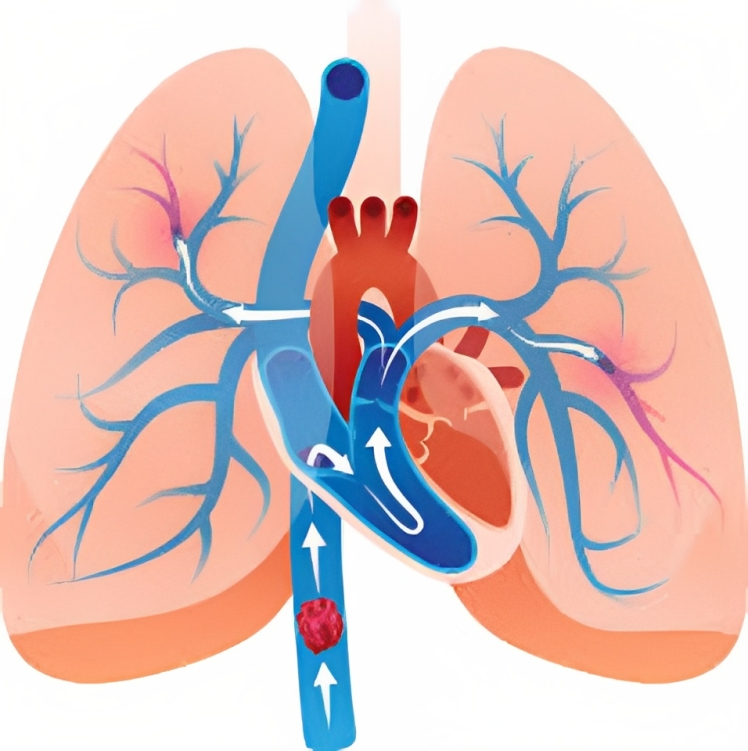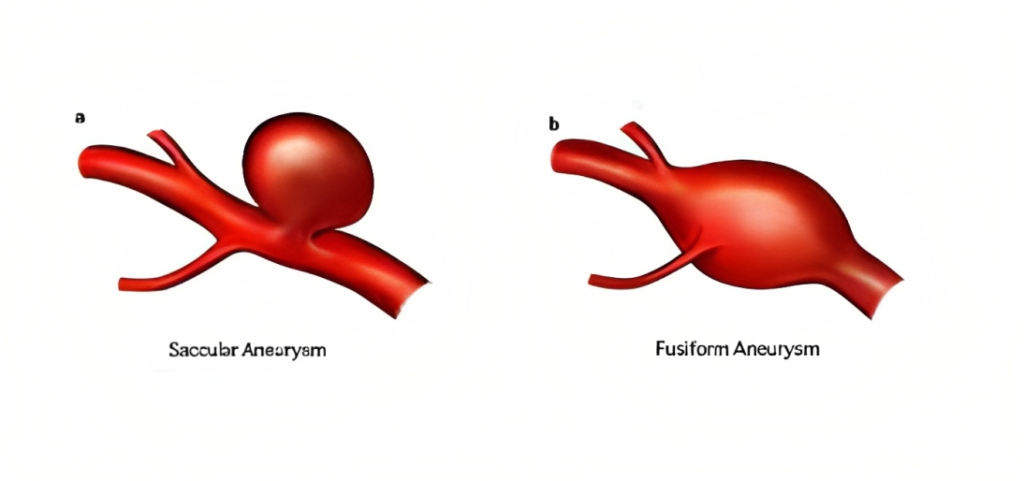Table of Contents
Embolism Vs Aneurysm
Embolism and aneurysm are two medical conditions that can affect blood vessels and blood flow in the body. Both can have serious consequences, such as stroke, heart attack, or death. However, they have different causes, symptoms, and treatments. Here, we will explain what embolism and aneurysm are, how they differ, and how they are connected.
What is embolism?

Embolism is a condition where a foreign material, such as a blood clot, fat, air bubble, or other particle, travels through the bloodstream and gets stuck in a blood vessel, blocking the blood flow. The foreign material is called an embolus.
Embolisms can occur in any part of the body, but some common types are:
- Pulmonary embolism: when an embolus blocks a pulmonary artery in the lung, preventing oxygen from reaching the blood. This can cause chest pain, shortness of breath, coughing up blood, and fainting. Pulmonary embolism is often caused by a deep vein thrombosis (DVT), which is a blood clot in the leg or pelvis that breaks off and travels to the lung.
- Ischemic stroke: when an embolus blocks an artery in the brain, depriving brain cells of oxygen and nutrients. This can cause numbness, weakness, confusion, vision problems, speech difficulties, and paralysis. Ischemic stroke is often caused by atherosclerosis, which is the buildup of plaque in the arteries that narrows them and makes them prone to clotting.
- Myocardial infarction: when an embolus blocks an artery that supplies blood to the heart muscle, causing damage or death of the heart tissue. This can cause chest pain, nausea, sweating, and irregular heartbeat. Myocardial infarction is also known as a heart attack and is also often caused by atherosclerosis.
What is an aneurysm?

Aneurysm is a condition where a blood vessel wall weakens and bulges out like a balloon. The bulge is called an aneurysm. Aneurysms can also occur in any part of the body, but some common types are:
- Abdominal aortic aneurysm: when an aneurysm develops in the part of the aorta that runs through the abdomen. The aorta is the largest artery in the body that carries blood from the heart to the rest of the body. An abdominal aortic aneurysm can cause back pain, abdominal pain, or pulsating sensation in the abdomen. If it ruptures, it can cause massive bleeding that can be fatal.
- Hemorrhagic stroke: when an aneurysm bursts in the brain, causing bleeding in the brain tissue or around it. This can cause severe headaches, nausea, vomiting, seizures, coma, or death. Hemorrhagic stroke is also known as a brain bleed and is often caused by high blood pressure or trauma.
What are the similarities?
Embolism Vs Aneurysm similarities:
- Both can affect blood vessels and blood flow in any part of the body.
- Both can have serious complications, such as stroke, heart attack, organ damage, or death.
- Both can be diagnosed by imaging tests, such as ultrasound, CT scan, MRI scan, or angiogram.
- Both can be prevented by managing risk factors, such as high blood pressure, high cholesterol, smoking, obesity, diabetes, or genetic disorders.
What are the differences?
Embolism Vs Aneurysm differences:
- Embolism is caused by a foreign material that travels and blocks a blood vessel, while an aneurysm is caused by a weakness in the blood vessel wall that bulges out.
- Embolism causes symptoms by reducing or stopping blood flow to an organ or tissue, while an aneurysm causes symptoms by pressing on nearby structures or rupturing and bleeding.
- Embolism is treated by dissolving or removing the embolus with medications or procedures, while an aneurysm is treated by repairing or removing the aneurysm with surgery or devices.
How are they connected?
Embolism Vs Aneurysm can be connected in some ways:
- An embolus can cause an aneurysm by damaging the blood vessel wall and making it weak.
- An aneurysm can cause an embolism by breaking off pieces of its wall or clotting inside it and sending them into the bloodstream.
- An embolus or an aneurysm can cause similar complications depending on where they occur in the body.
Summary
Embolism Vs Aneurysm are two medical conditions that can affect blood vessels and blood flow in the body. Both can have serious consequences, such as stroke, heart attack, or death. However, they have different causes, symptoms, and treatments. Embolism is caused by a foreign material that travels and blocks a blood vessel, while an aneurysm is caused by a weakness in the blood vessel wall that bulges out. Both can be prevented by managing risk factors and treated with medications or procedures.
FAQs
What is an embolism?
An embolism occurs when a foreign object like a blood clot blocks a blood vessel, leading to restricted blood flow in various body parts.
What is an aneurysm?
An aneurysm refers to the bulging of a weakened blood vessel wall, which can potentially rupture and cause internal bleeding.
Similarities between embolism vs aneurysm
Both embolism and aneurysm can impact blood vessels, resulting in symptoms like pain and organ damage, and require immediate medical attention.
What are the differences between an embolism vs aneurysm?
An embolism occurs when a blockage forms inside a blood vessel, while an aneurysm involves the abnormal bulging of a blood vessel wall. Treatment approaches also differ.
What are the Causes and risk factors?
Embolism can be caused by deep vein thrombosis, atrial fibrillation, heart valve disease, trauma, or surgery. Aneurysm is often linked to high blood pressure, atherosclerosis, congenital defects, or infection. Age, smoking, diabetes, family history, and obesity increase the risk of both conditions.